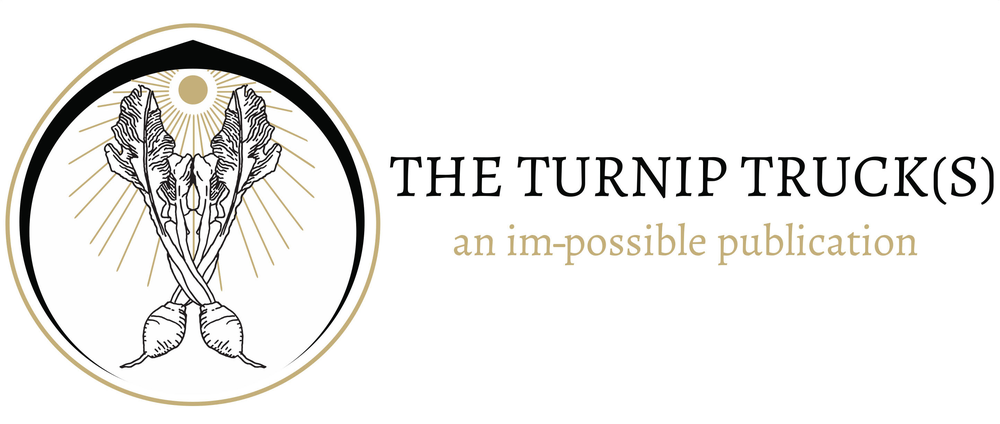Luigi Serafini’s Codex Seraphinianus (1981) is an encyclopedia of a fantasy world and is filled with surreal illustrations and written in a cipher alphabet of a constructed language. Using Western and Semitic writing conventions and curvilinear letters, Serafini’s text has stumped cryptographers for decades. However, those who have tried to decipher the text may have been running a fool’s errand. On several occasions, Serafini has claimed there is no meaning behind the text and that it is asemic. In an interview with Wired, Serafini said, “What I want my alphabet to convey to the reader is the sensation that children feel in front of books they cannot yet understand.”[1] But this hasn’t stopped people from attempting to decode the Codex, and some people have even claimed to have succeeded. Serafini told Wired “A guy even put a copyright on a system that translates arbitrarily the sighs of the Codex into a meaningful text, written with the Latin alphabet.” He also said, “At the end of the day, the Codex is similar to the Rorschach inkblot test. You see what you want to see. You might think it’s speaking to you, but it’s just your imagination.”
[1] Girolami, A. (2013). “Look Inside the Extremely Rare Codex Seraphinianus, the Weirdest Encyclopedia Ever.” [online] WIRED. https://www.wired.com/2013/10/codex-seraphinianus-interview/ [Accessed 3 Feb. 2019].












